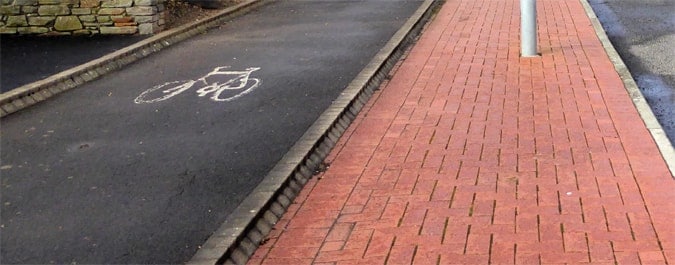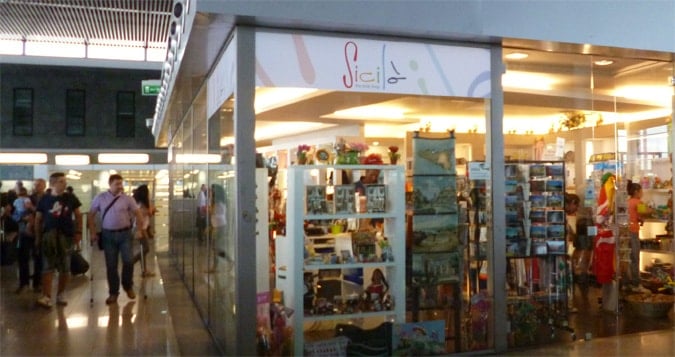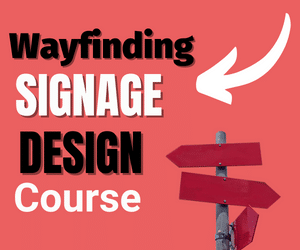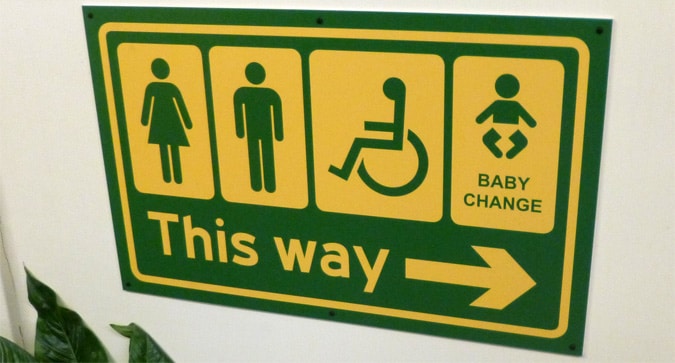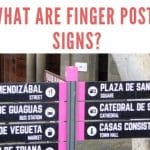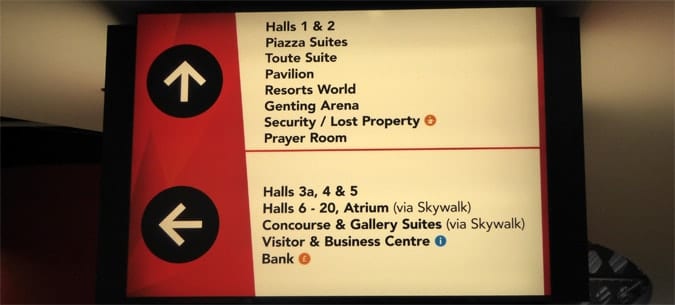Last Updated on October 14, 2023
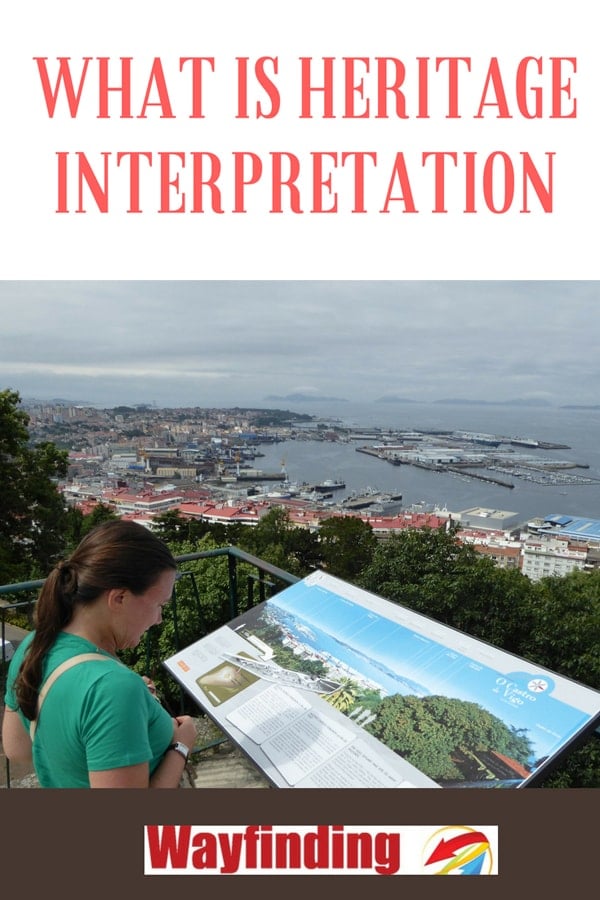
Table of Contents
What is Interpretive Signage
Interpretive signage is signage that helps to create a narrative that acts to generate a positive user experience (UX).
You might, for example, manage a tourist attraction such as a bay trail, be in charge of an urban space or area, or perhaps even run a crocodile attraction.
With interpretive signage, the idea is to try and create a positive and long-lasting impression for visitors i.e. to create a good UX (user experience).
Interpretive signage though is also about educating users but doing so in such a way that you avoid teaching in a didactic manner.
You, in other words, allow users to interpret the experience in their own way.
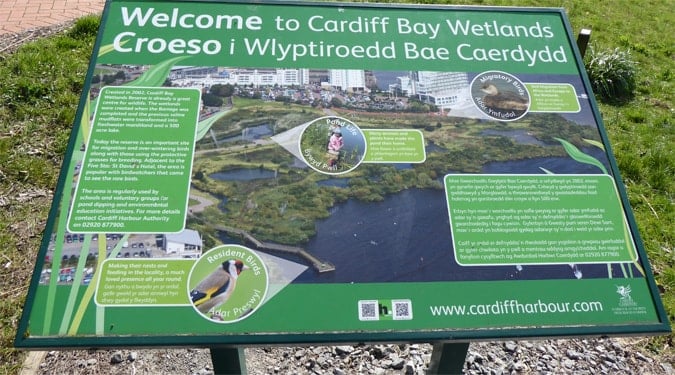
A great example you may already have seen on this site is from my visit to Crocodile World in England. You will want to:
- Build a consistent narrative that develops through the attraction or space.
- Provide educational and learning opportunities for users.
- Try to promote local heritage.
- Teach sustainable practice.
Heritage Interpretation and Wayfinding
“Heritage interpretation, it needs to be noted, is more than information and signage.
The word I would use to best describe the practice of heritage interpretation is embodied experience in that it is about creating an experience that allows the user to interpret and remember long term, the location and things learnt.
Through instructors, artifacts, workshops, signage and other tools, this embodied experience can be formed and you should aim to create a system that provokes emotional responses from the experience”. – Paul Symonds, travelwayfinding.com
Thus, wayfinding signage and educational information alone does not constitute a heritage interpretation experience as sometimes believed by some people.
The word narrative is sometimes used also in relation to the art of interpretation, but this term is too simplistic in explaining what interpretation for heritage is really about.
Signage and integrating these signs with an effective wayfinding strategy though can be a very valuable technique in interpretive design.
Consider, for example, that a lot of locations that we design wayfinding systems for are very often heritage-related locations and where sustainability, education, and community are also important aspects of the location.
Signage that educates and follows a narrative or a timeline is likely to follow a natural sequence and it is this sequence that will want to tie in with the route, and hence with the wayfinding design and planning.
Your location might have a historical narrative to tell, such as from the 1800s through to modern time as users walk through your location, the signs provide a developing timeline through this history. In this way, wayfinding and heritage interpretation work hand in hand.
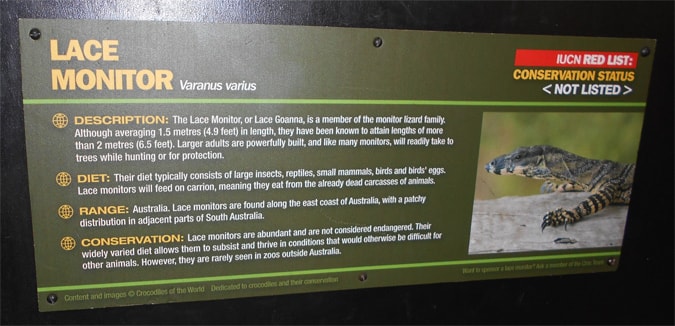
So, interpretive signs are not in themselves directional or guidance signs, but the signs will very often follow a natural progression. It is not only signage though that is important in heritage interpretation design.
Indeed, signs are just one tool that can be used, as we discuss below.
Using People, Props, Artifacts and Other Tools
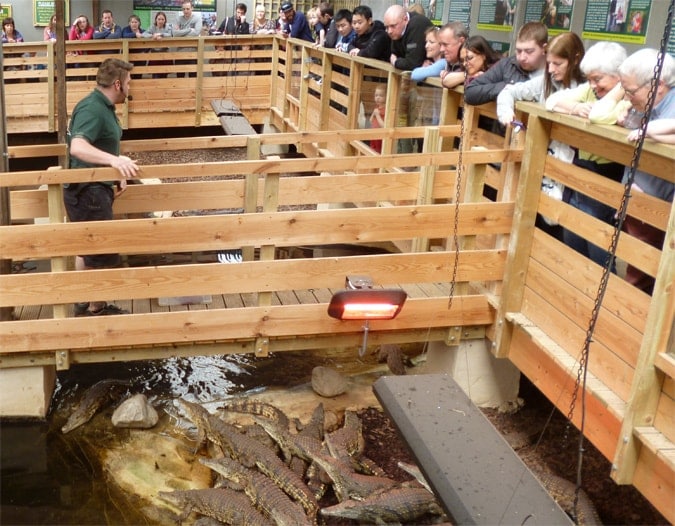
Creating a solid strategy and plan that brings together all elements of a heritage interpretation system, means bringing these various tools and elements that have been discussed above together.
Crocodile World, although a very small tourist attraction and hence a very simple example of interpretive design, nevertheless do it very well.
Education, sustainability, history, conservation, and community engagement are all central to the way the business and attraction have been developed.
In terms of wayfinding, the following are all important. Guiding users:
- Around the attraction safely, past commercial outlets, and such that it provides a good user-experience
- To the right issues on their website i.e. to find information on disability access
- To the right parts of the attraction at the right time (with good use of signage for animal feeding times)
- Such that it includes things such as humor and user engagement rather than threats (see the shoplifting image below) all create a positive lasting impression.

I have used the term embodied experience a few times and this is an important term in heritage interpretation because it is about invoking emotions (preferably positive ones) such as excitement, amusement, inspiration, interest, and joy.
In certain situations though, you will want to interpretation systems to create profound emotions that shock and stun people, such as a Holocaust Museum with the positive intention to educate visitors.

Whilst I greatly enjoyed seeing the meerkats and the crocodiles and learned a huge amount about these and some other animals, it was the signage that I enjoyed a lot also because it made me laugh and added to the experience.
How to Get Started
If you have or manage an existing space, be it an attraction, heritage center, museum, national park, airport, heritage trail etc, you can ask yourself the following questions when trying to evaluate your location.
- Emotional Interaction – Do you invoke emotions such as through strong messages and do you guide people towards engaging and getting involved, as a result of the interpretation system?
- Relevance and Message – Are you providing the right story-line and right messages to the right people? Is there a solid and clear themed narrative and purpose to the interpretive plan? Does the interpretation provide more than just information?
- Physiological Connection – Doing, seeing, feeling such as through walking a route and learning and experiencing as you navigate a bay trail or wilderness location; learning how to tie certain knots or to make fishing nets in the same way as people did many years ago; enjoying touching, seeing and reading props, signs and displays as you walk through a museum. These are all aspects of interpretive design for spaces. Stimulate the senses!
- Location – The system you implement needs to fit with the surroundings. It needs to fit the design, and intention of the space, fit the age and feel of the exhibit, the space, the attraction, etc. DDA compliance (disability access) also needs to be incorporated into this. It is all about creating a balance that suits the location and, at the same time, provides the right narrative and meets the interpretive goals.
- Audience – Is the right audience being targeted? Careful attention needs to be paid to the copy that is created for displays for example.

Working with the Community
In addition to targeting tourists from afar, trying to involve the local community can always be a great idea for your location.
In addition to being very rewarding, as a business, to engage with the local community and for it to be good business practice, it can also be an excellent form of marketing!
Try and engage with local schools and universities and also other groups such as outdoor clubs, old people’s homes, etc.
Schools
Some ideas and examples of items you might want to make:
- Teacher’s Pack (for school visits).
- Create learning materials for students.
- Try and make the experience interactive, so that the children can learn through touch, smell, sight i.e. makes use of the senses.
- Make sure that the interpretive writing is suitable for the age groups in question and try and use humor and make the writing engaging.
Principles of What is Heritage Interpretation
Freedman Tilden is credited by many as being the founder of the interpretation movement, with his book “Interpreting our Heritage” still referenced by many in the industry even today.
Tilden created 6 principles for interpretation and these are as follows:
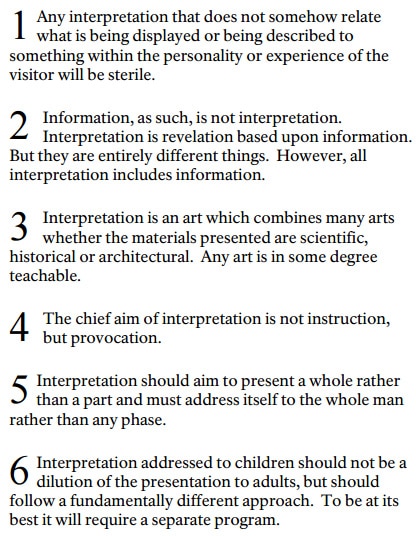
Useful Resources
- Interesting article on placemaking.
- Crocodiles of the World (as mentioned in this post).
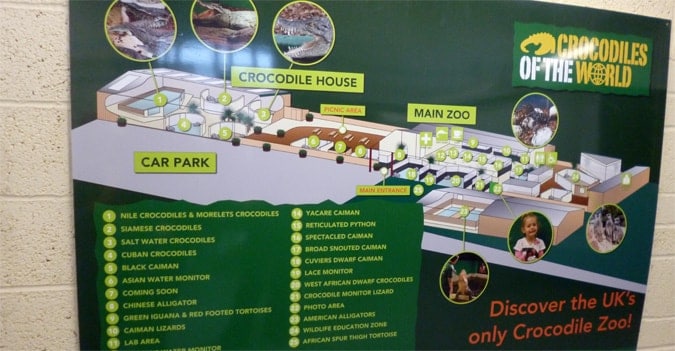
Dr Paul Symonds has a PhD in Wayfinding from Cardiff Metropolitan University in the UK. Paul works with the signage industry, airports and other locations providing wayfinding audits, consultancy and training.

